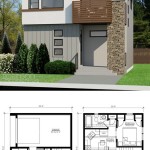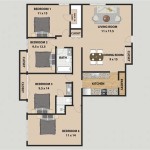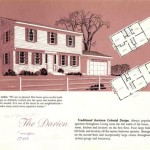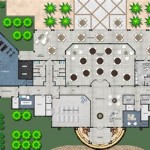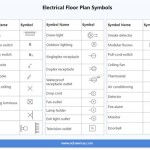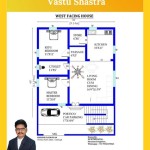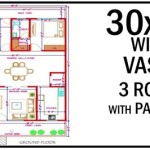Essential Aspects of Designing Small Clubhouse Floor Plans
Creating a functional and inviting small clubhouse floor plan requires careful consideration of several essential aspects. By taking into account these elements, you can optimize the space and create a welcoming environment that meets the specific needs of your club members.
1. Define Purpose and Program
Start by clearly defining the purpose and intended use of the clubhouse. Determine the types of activities that will take place within the space to establish the essential program elements required, such as meeting areas, recreation rooms, storage, and support facilities.
2. Space Allocation
Allocate space effectively based on the program requirements. Create a balance between different areas, ensuring adequate space for key functions while avoiding over-crowding. Consider the flow of traffic and accessibility within the space.
3. Zoning and Flexibility
Divide the floor plan into distinct zones for different activities, such as social gatherings, meetings, and recreation. Allow for flexibility within these zones to accommodate multiple uses and varying group sizes. Use partitions, screens, or movable furniture to create adaptable spaces.
4. Furniture Arrangement
Choose furniture that is comfortable, functional, and space-saving. Select pieces that can be easily rearranged to accommodate different activities and group sizes. Consider ergonomic principles to ensure user comfort.
5. Lighting
Provide adequate lighting for all areas, balancing natural and artificial sources. Incorporate a combination of ambient, task, and accent lighting to create a welcoming and functional environment. Use dimmers to adjust the lighting intensity as needed.
6. Storage Solutions
Design efficient storage solutions to keep the space organized and clutter-free. Utilize built-in cabinetry, closets, shelves, and drawers to maximize vertical space. Consider multi-purpose storage items that serve multiple functions.
7. Accessibility and Inclusivity
Ensure the floor plan accommodates individuals with disabilities. Provide barrier-free access, including ramps, elevators, and accessible restrooms. Create clear wayfinding to assist all users in navigating the space easily.
8. Sustainability and Energy Efficiency
Incorporate sustainable design principles to reduce the environmental impact of the clubhouse. Use energy-efficient appliances, lighting, and HVAC systems. Consider natural ventilation and daylighting to minimize energy consumption.
9. Aesthetics and Decor
Create a cohesive and inviting interior design scheme that reflects the club's identity. Use colors, textures, and patterns that enhance the atmosphere. Incorporate artwork, plants, and decorative elements to create a warm and inviting environment.
10. Maintenance and Upkeep
Consider the ease of maintenance and upkeep when designing the floor plan. Select durable materials and finishes that are easy to clean and maintain. Plan for accessible maintenance points and provide adequate storage space for cleaning supplies and equipment.

Community Clubhouses Design Plans Yahoo Image Search Results Clubhouse Club House How To Plan

51 Clubhouse Ideas How To Plan Floor Plans Club House

51 Clubhouse Ideas How To Plan Floor Plans Club House

Plan 062c 0001 The House

Clubhouse Floor Plan Valencia Homeowner S Association

51 Clubhouse Ideas How To Plan Floor Plans Club House

Clubhouse Floor Plan Valencia Homeowner S Association

51 Clubhouse Ideas How To Plan Floor Plans Club House

51 Clubhouse Ideas How To Plan Floor Plans Club House

Clubhouse Floor Plan Valencia Homeowner S Association

